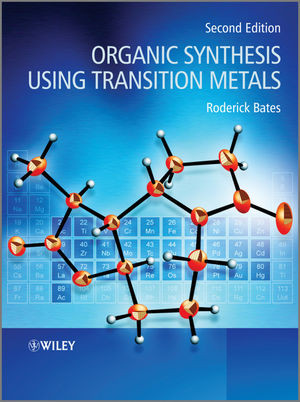

Most ebook files are in PDF format, so you can easily read them using various software such as Foxit Reader or directly on the Google Chrome browser.
Some ebook files are released by publishers in other formats such as .awz, .mobi, .epub, .fb2, etc. You may need to install specific software to read these formats on mobile/PC, such as Calibre.
Please read the tutorial at this link: https://ebookbell.com/faq
We offer FREE conversion to the popular formats you request; however, this may take some time. Therefore, right after payment, please email us, and we will try to provide the service as quickly as possible.
For some exceptional file formats or broken links (if any), please refrain from opening any disputes. Instead, email us first, and we will try to assist within a maximum of 6 hours.
EbookBell Team

5.0
90 reviewsOrganic Synthesis Using Transition Metals, 2nd Edition considers the ways in which transition metals, as catalysts and reagents, can be used in organic synthesis, both for pharmaceutical compounds and for natural products. It concentrates on the bond-forming reactions that set transition metal chemistry apart from "classical" organic chemistry. Each chapter is extensively referenced and provides a convenient point of entry to the research literature. Topics covered include:
For this second edition the text has been extensively revised and expanded to reflect the significant improvements and advances in the field since the first edition, as well as the large number of new transition metal-catalysed processes that have come to prominence in the last 10 years – for example the extraordinary progress in coupling reactions using “designer” ligands, catalysis using gold complexes, new opportunities arising from metathesis chemistry, and C-H activation – without neglecting the well established chemistry of metals such as palladium.
Organic Synthesis Using Transition Metals, 2nd Edition will find a place on the bookshelves of advanced undergraduates and postgraduates working in organic synthesis, catalysis, medicinal chemistry and drug discovery. It is also useful for practising researchers who want to refresh and enhance their knowledge of the field.
Content: